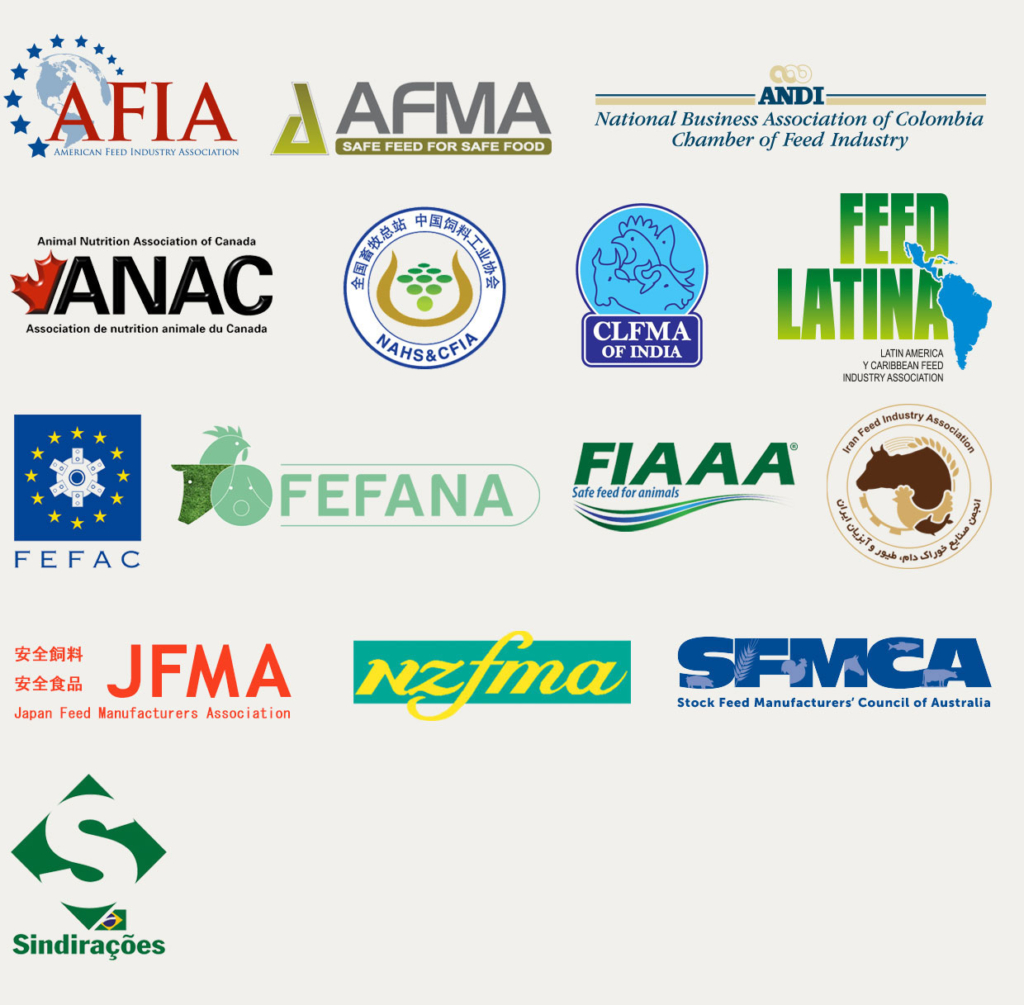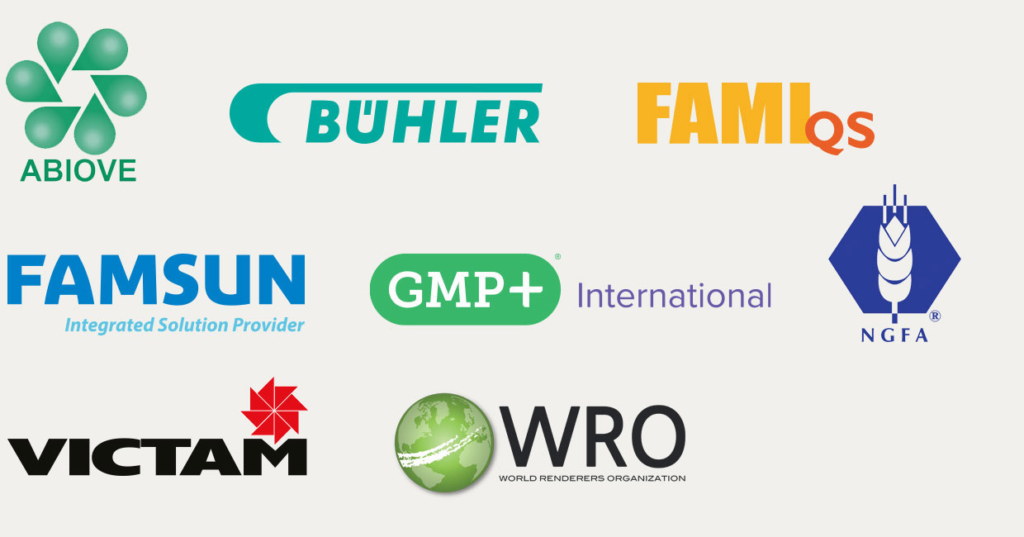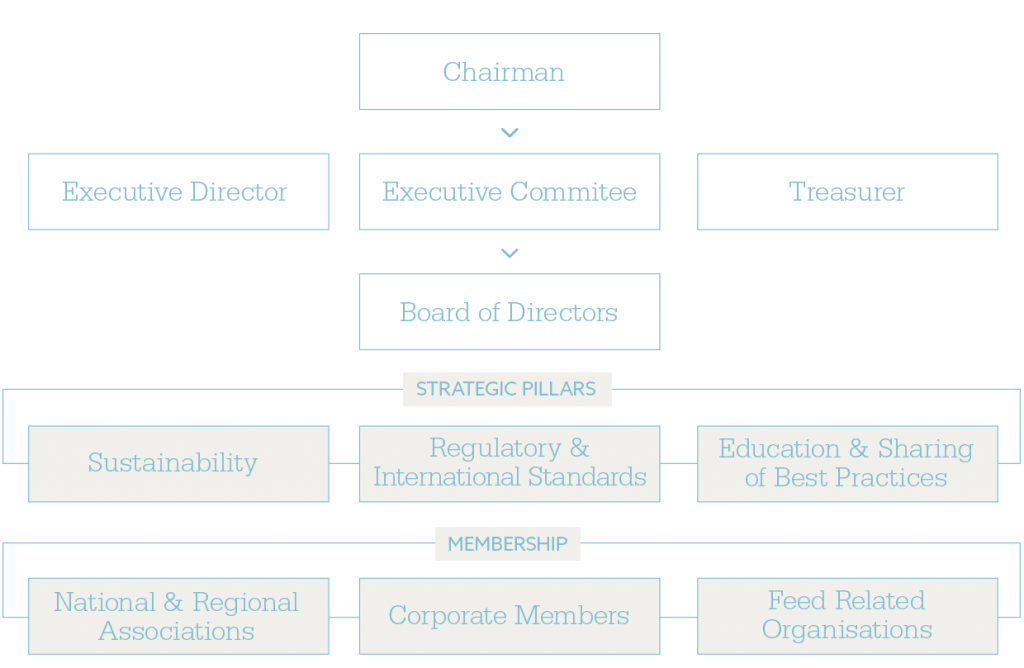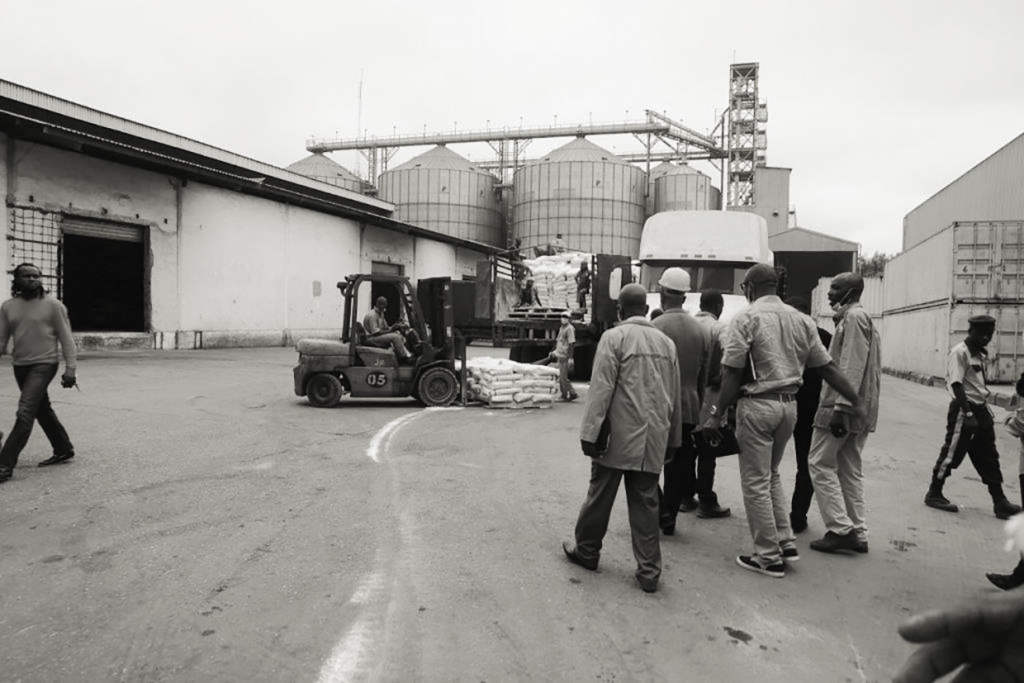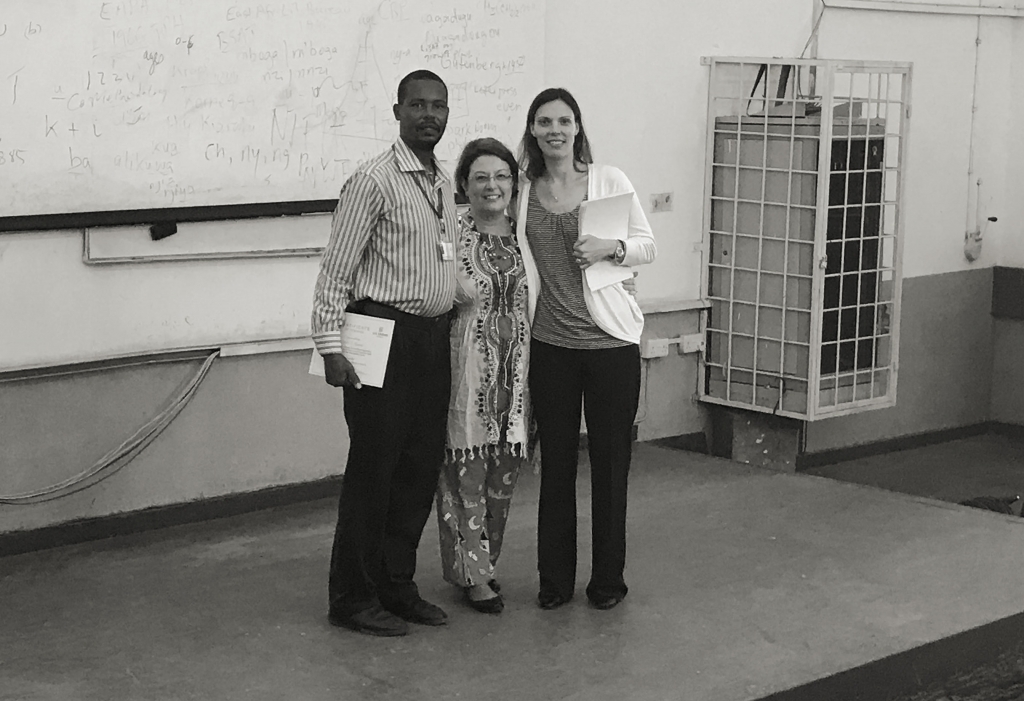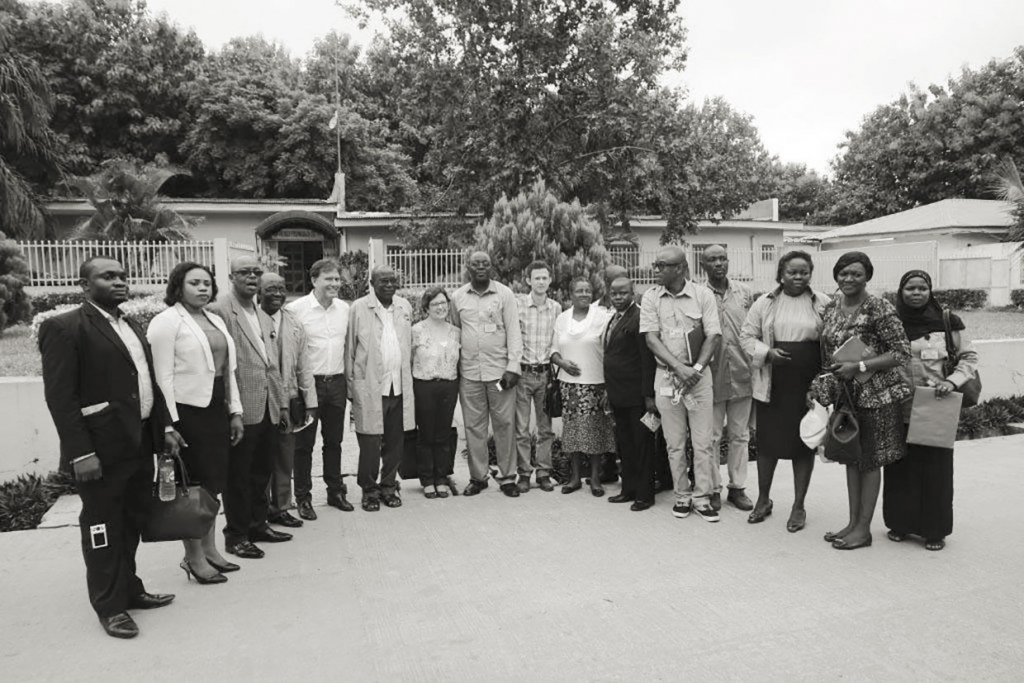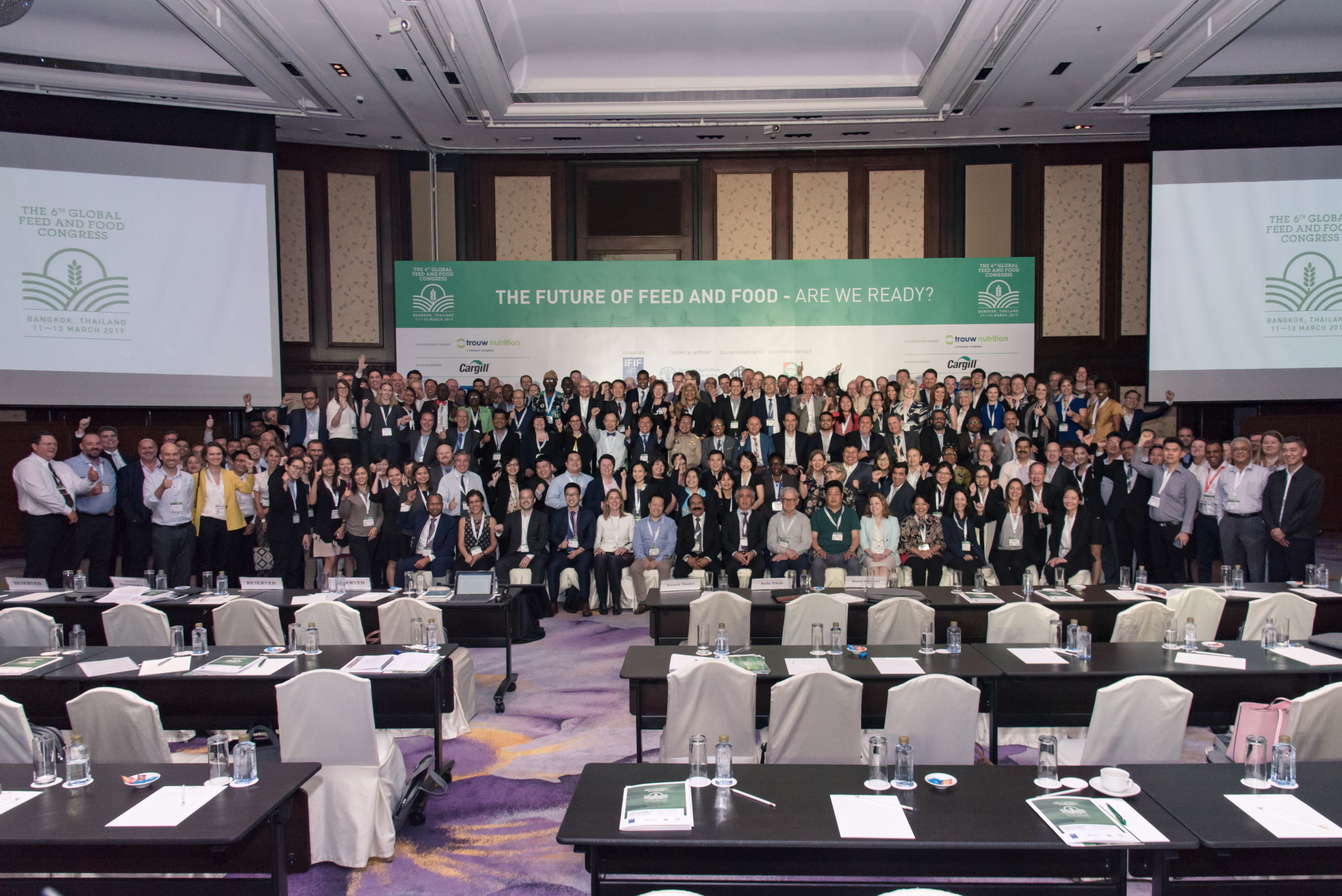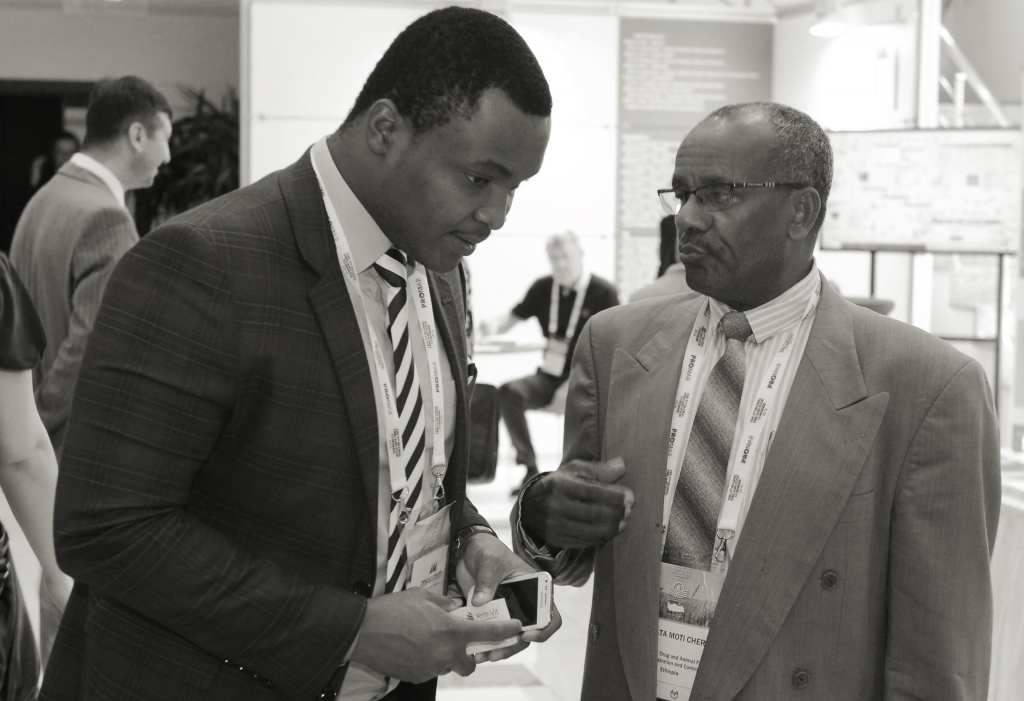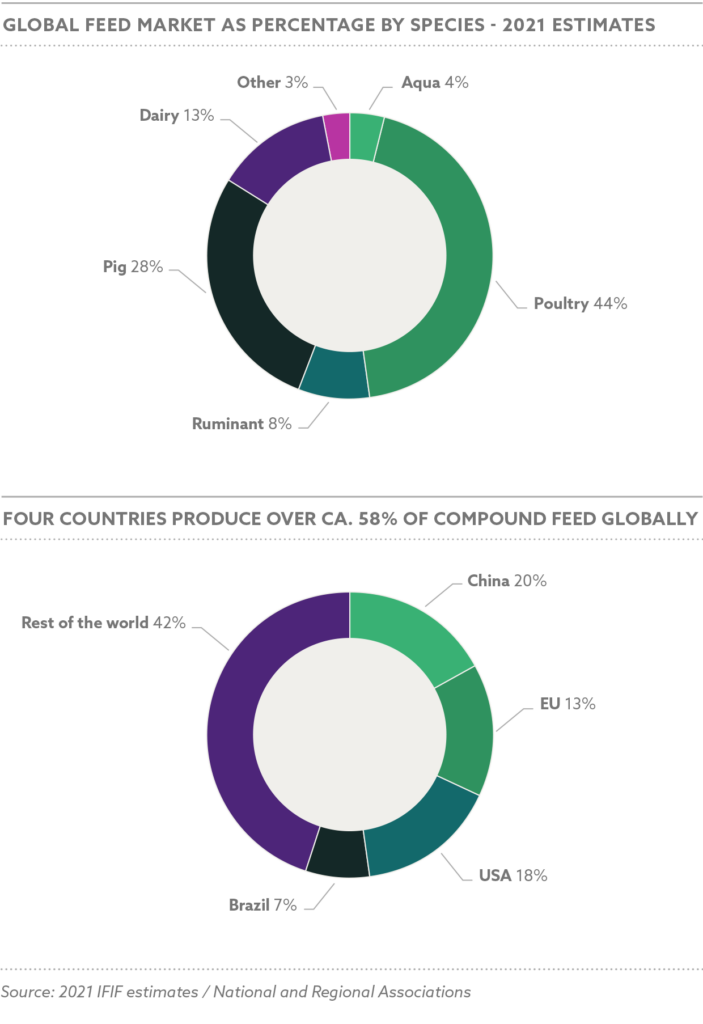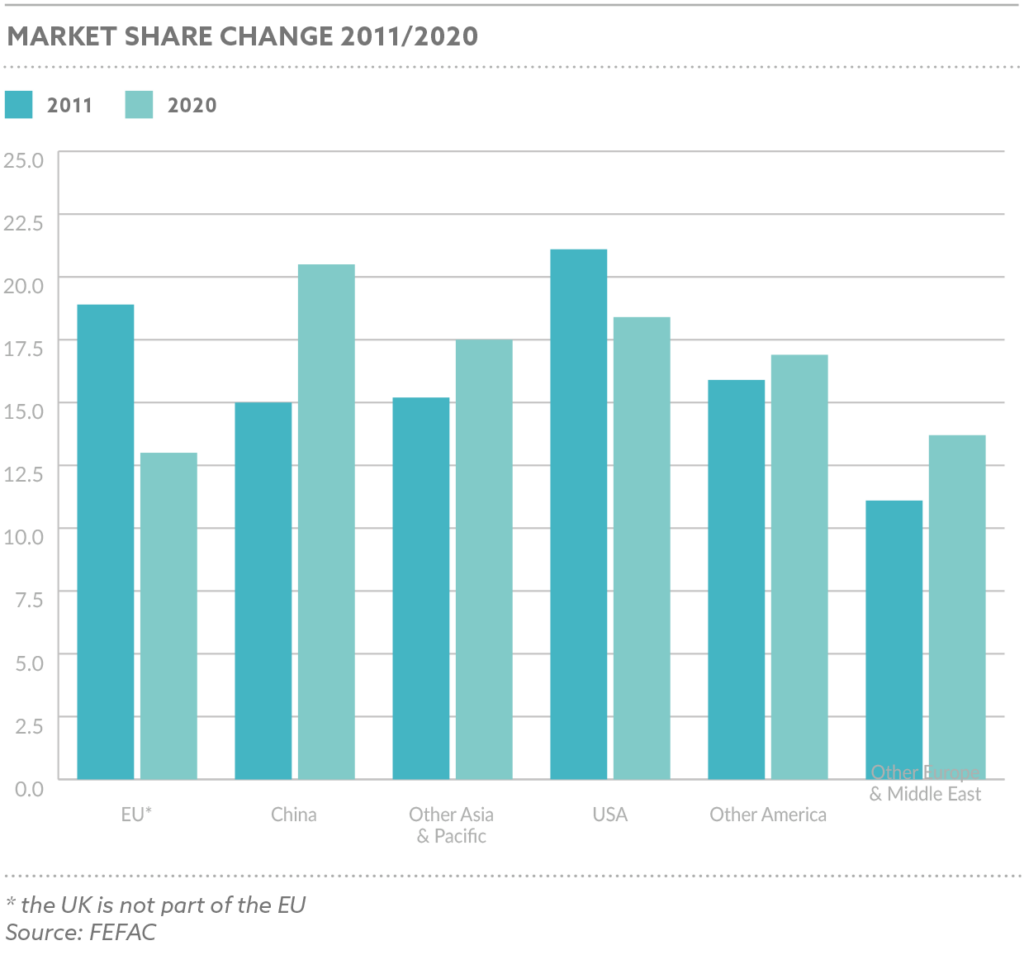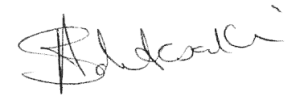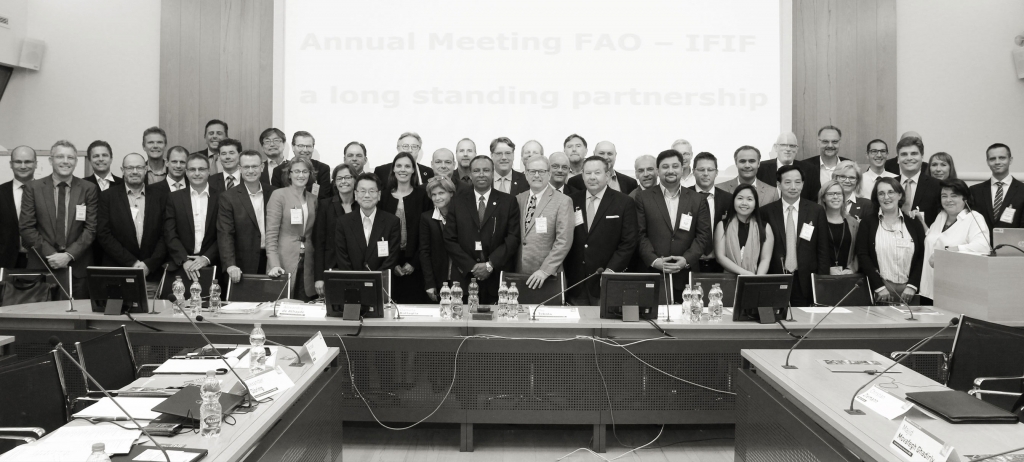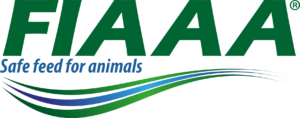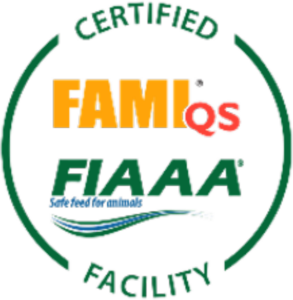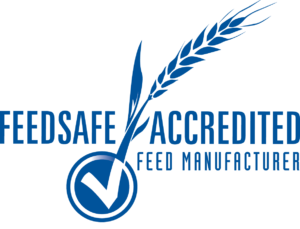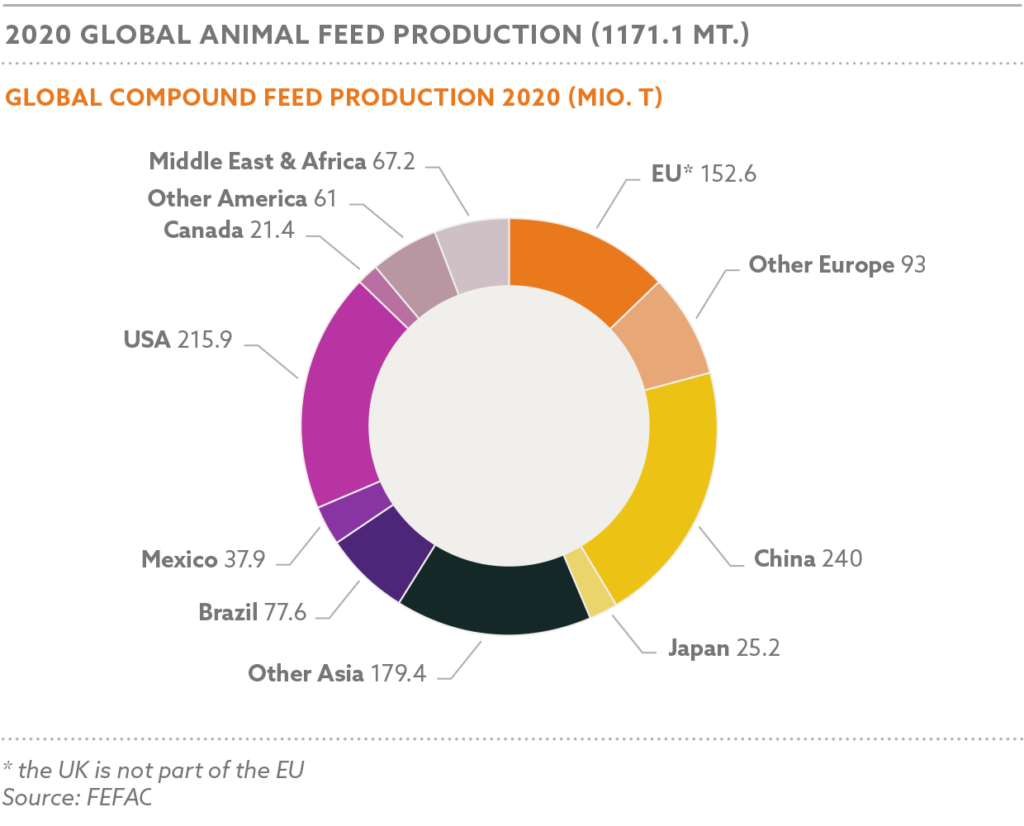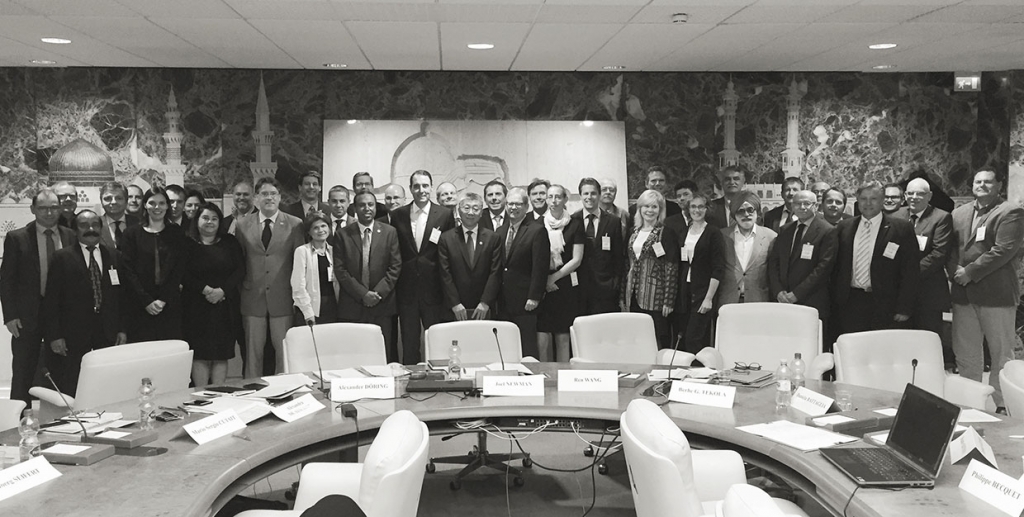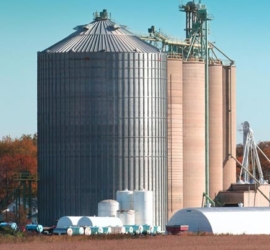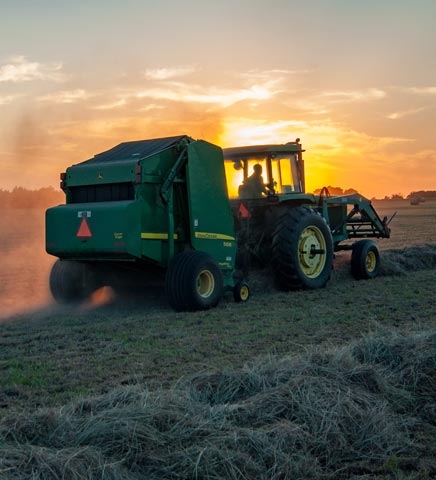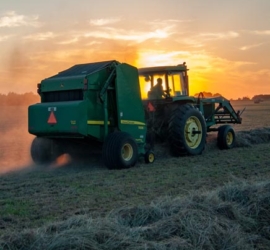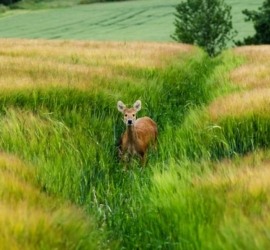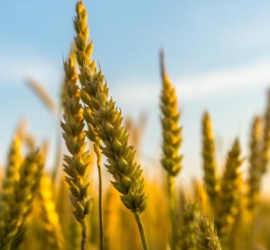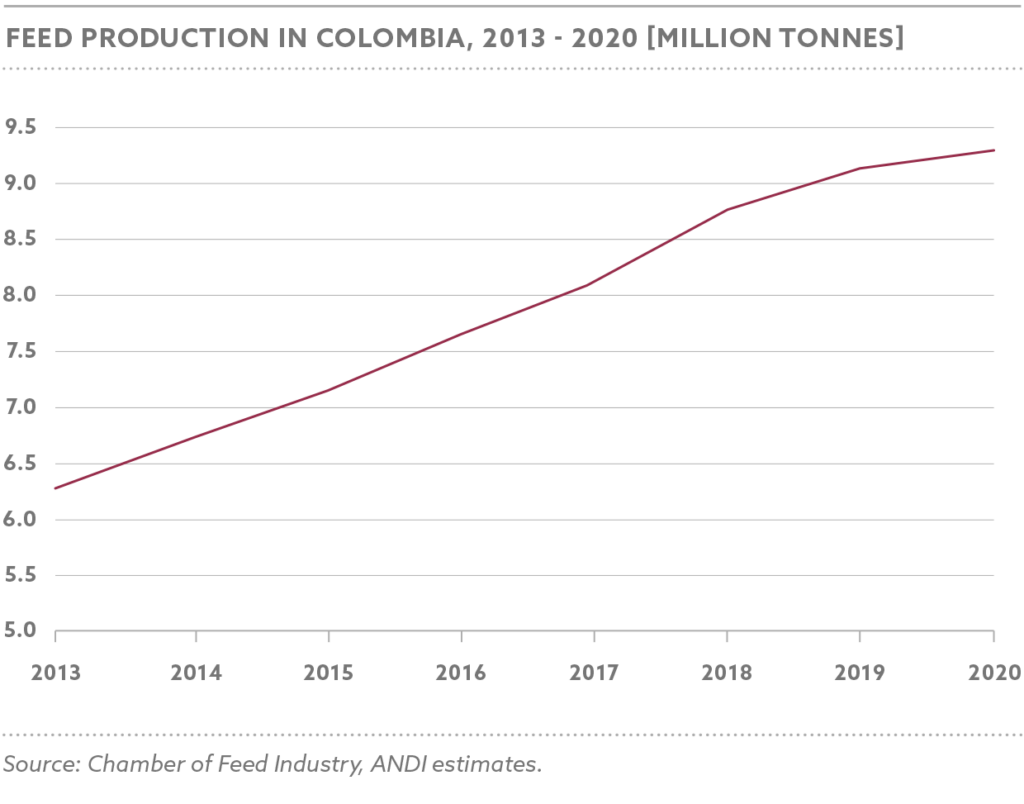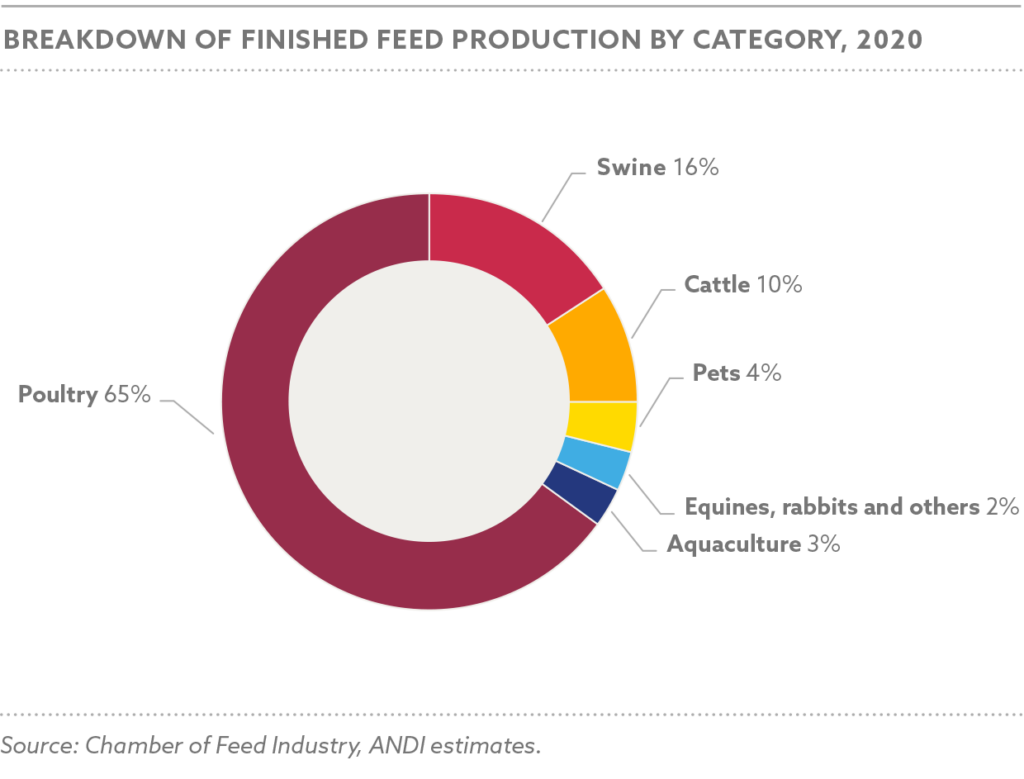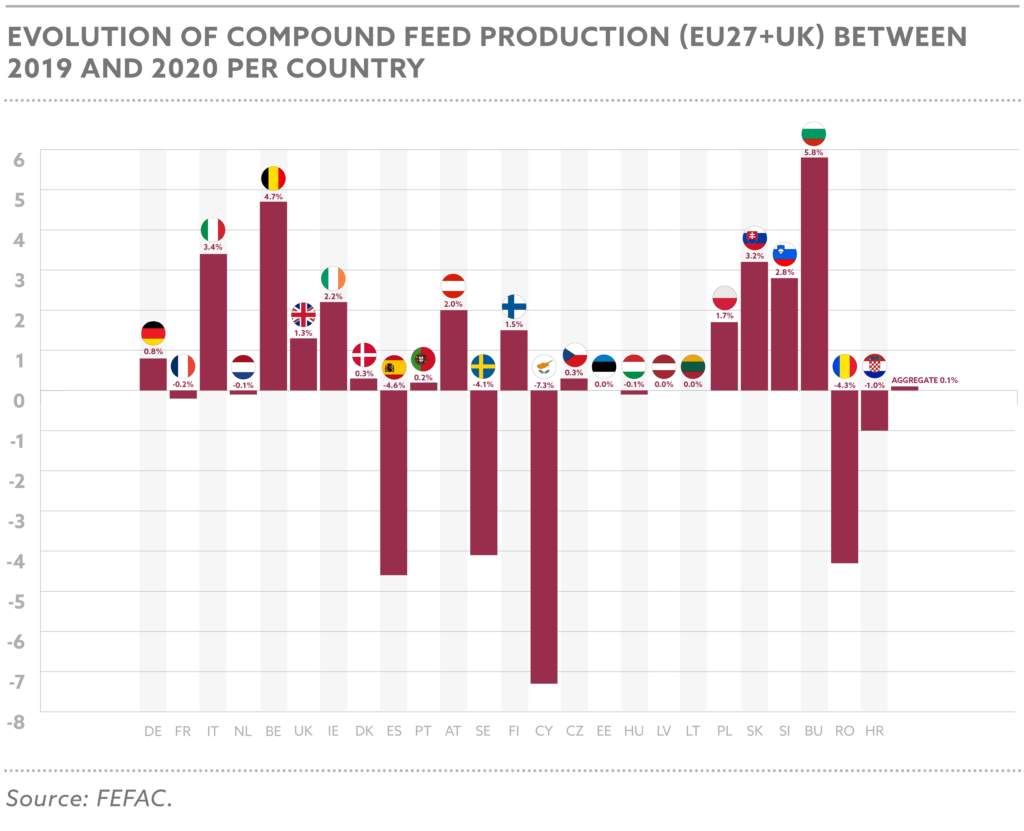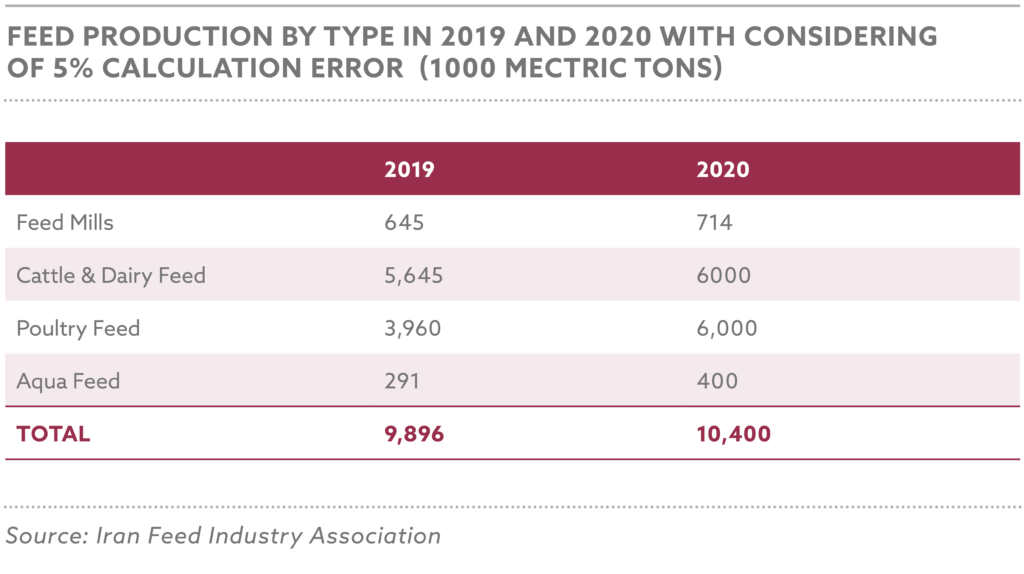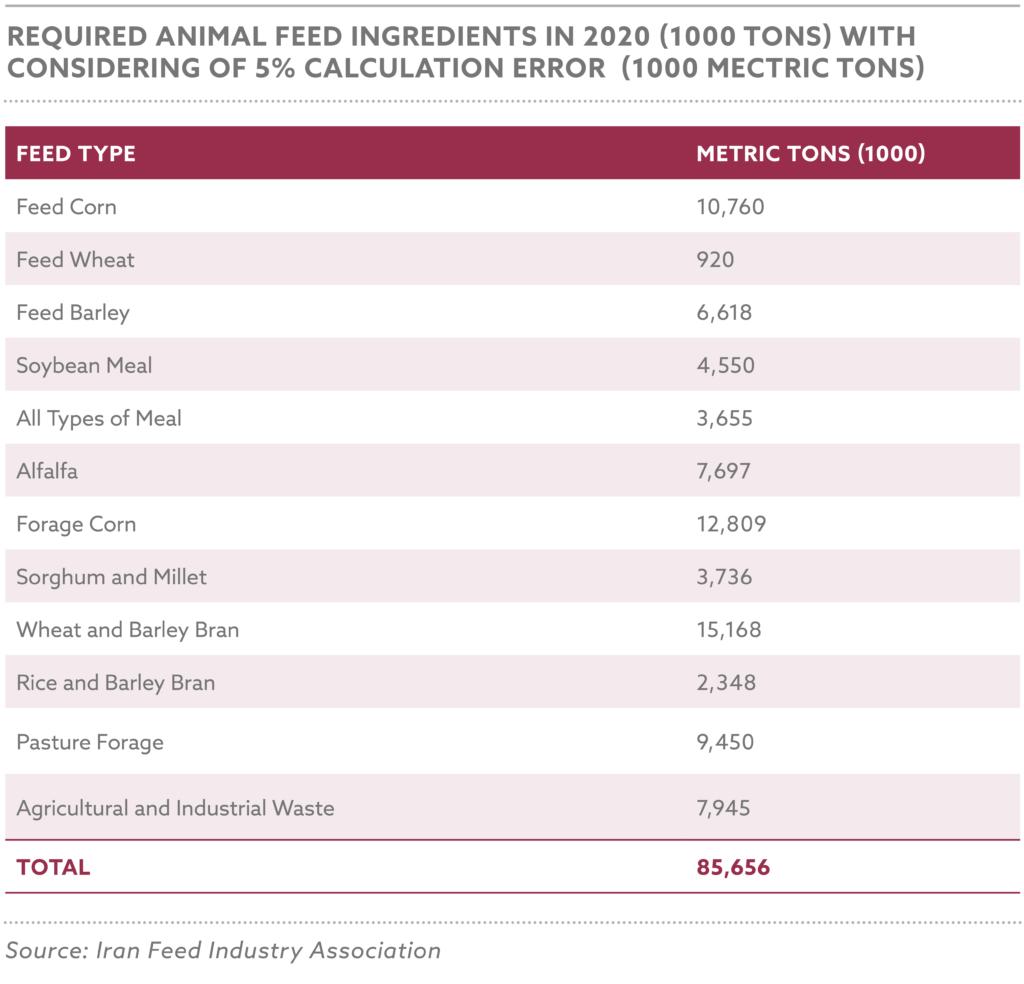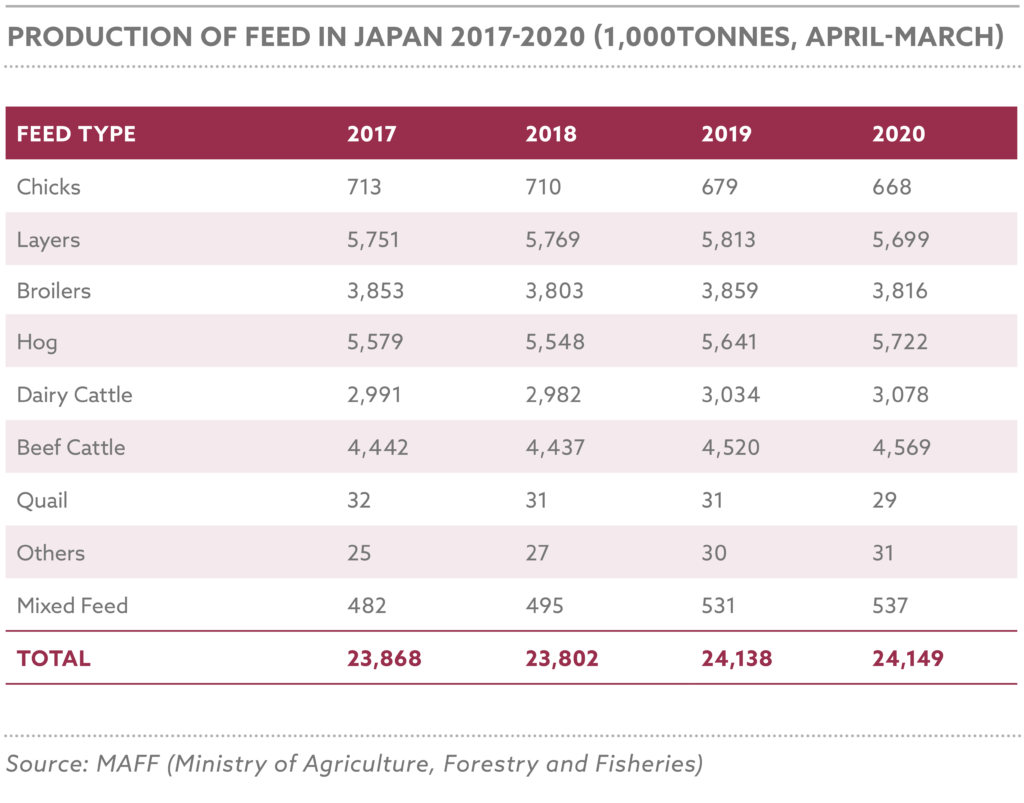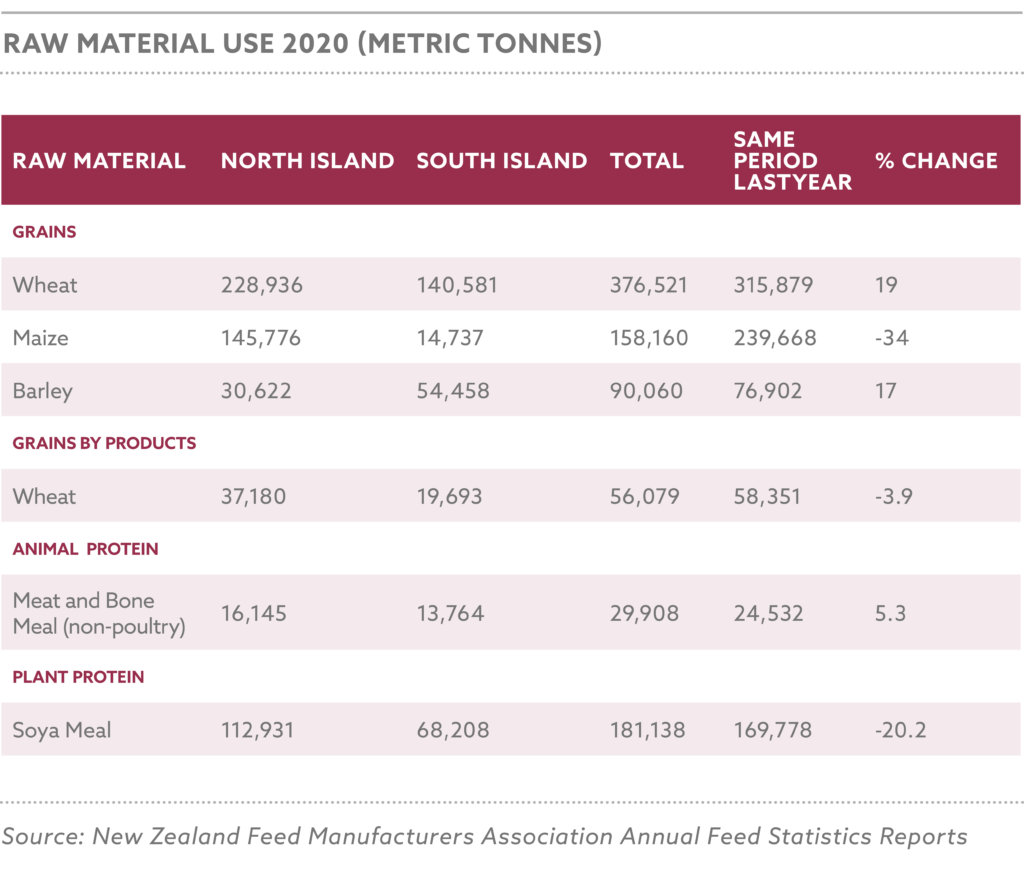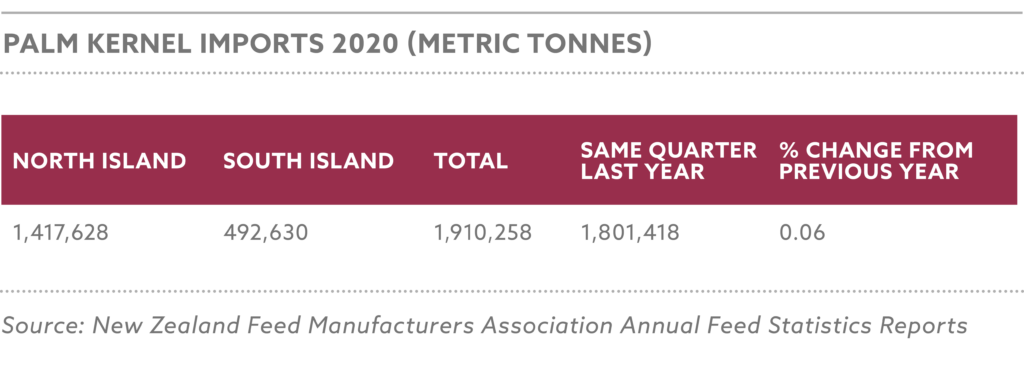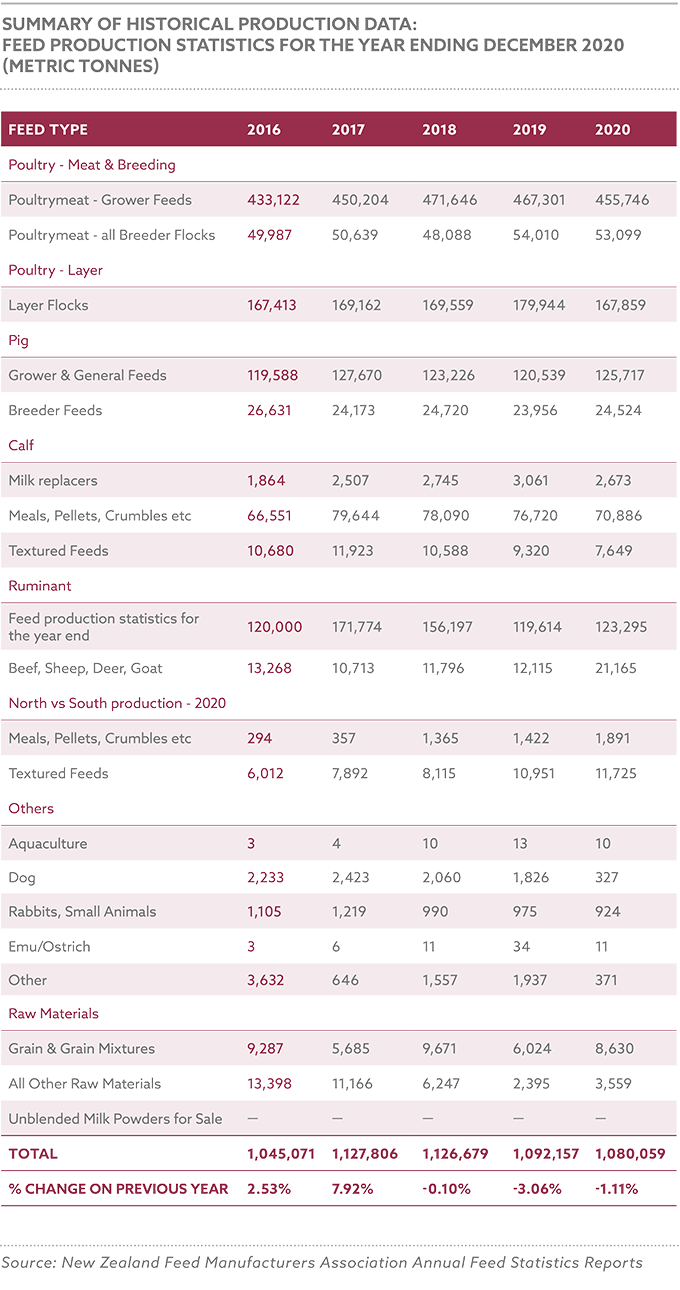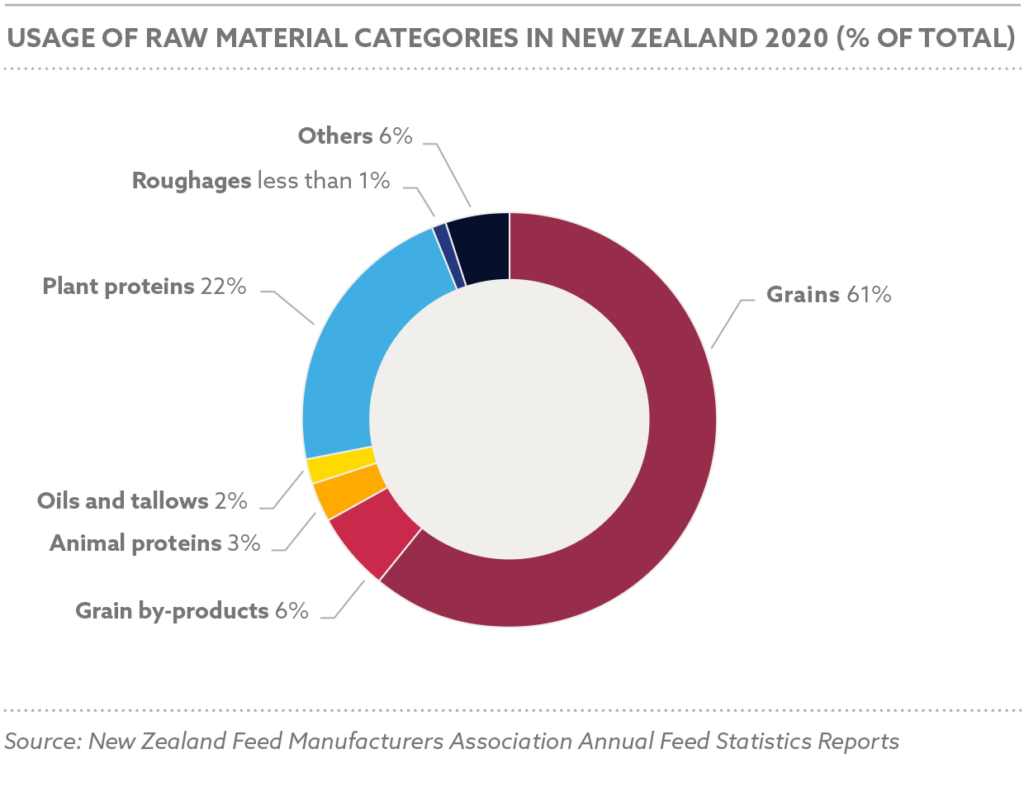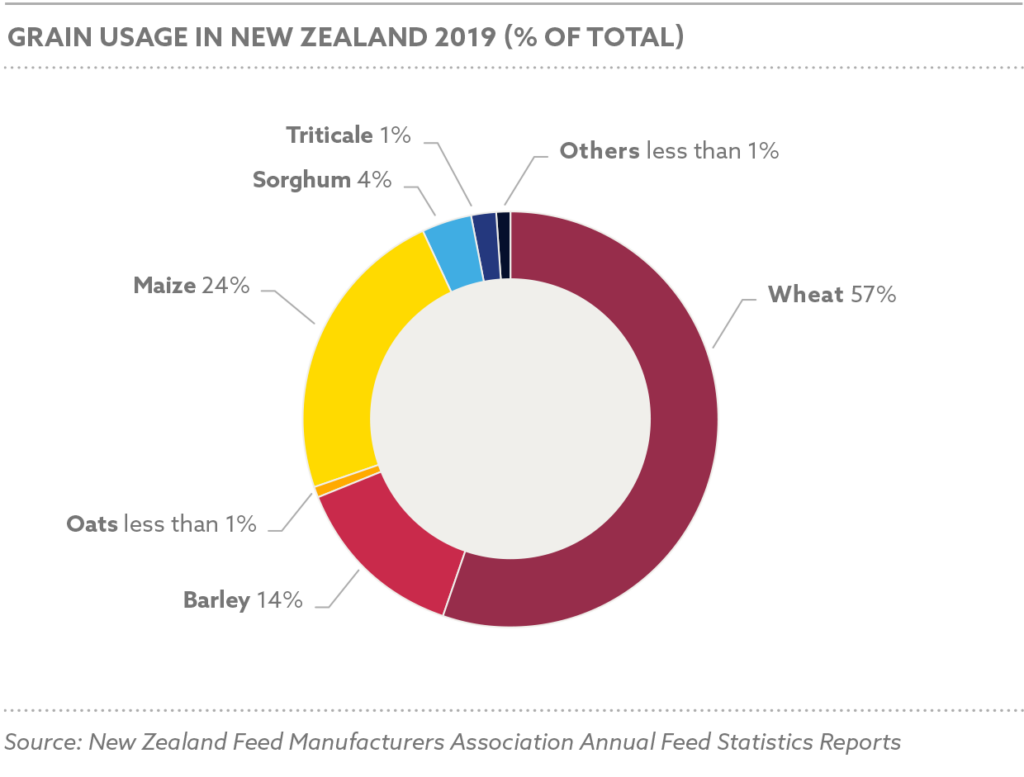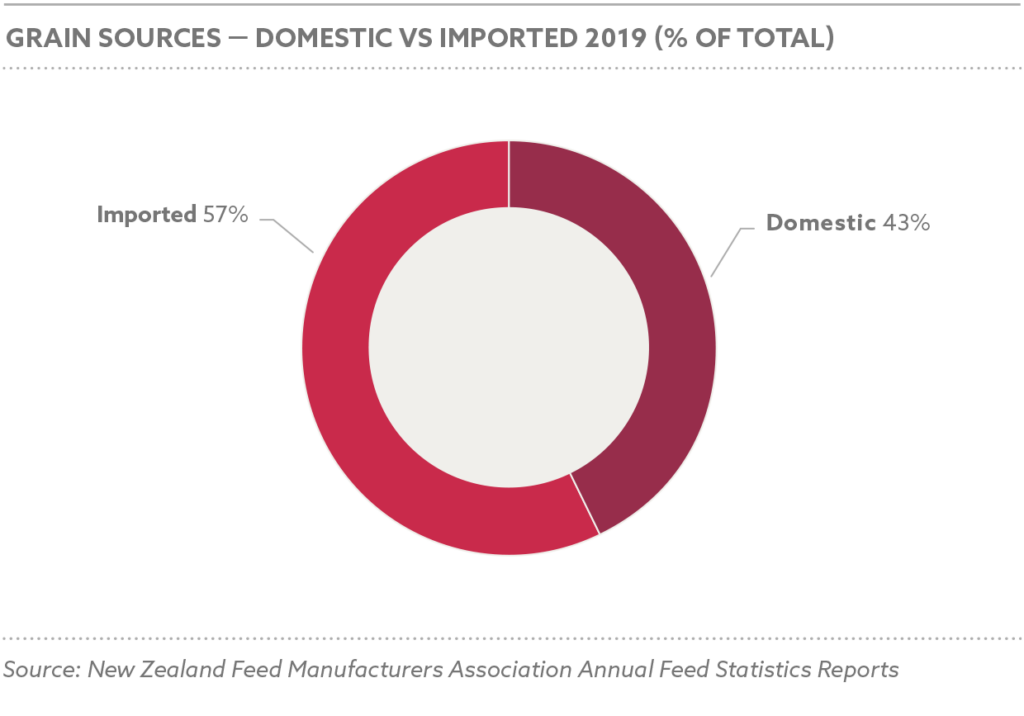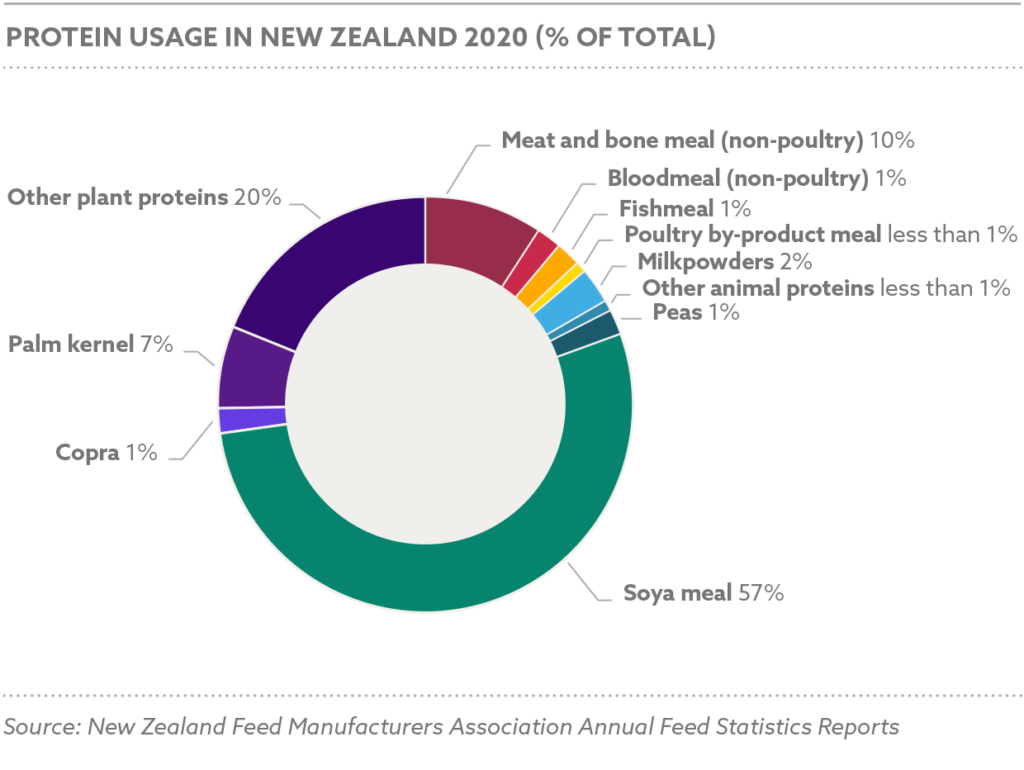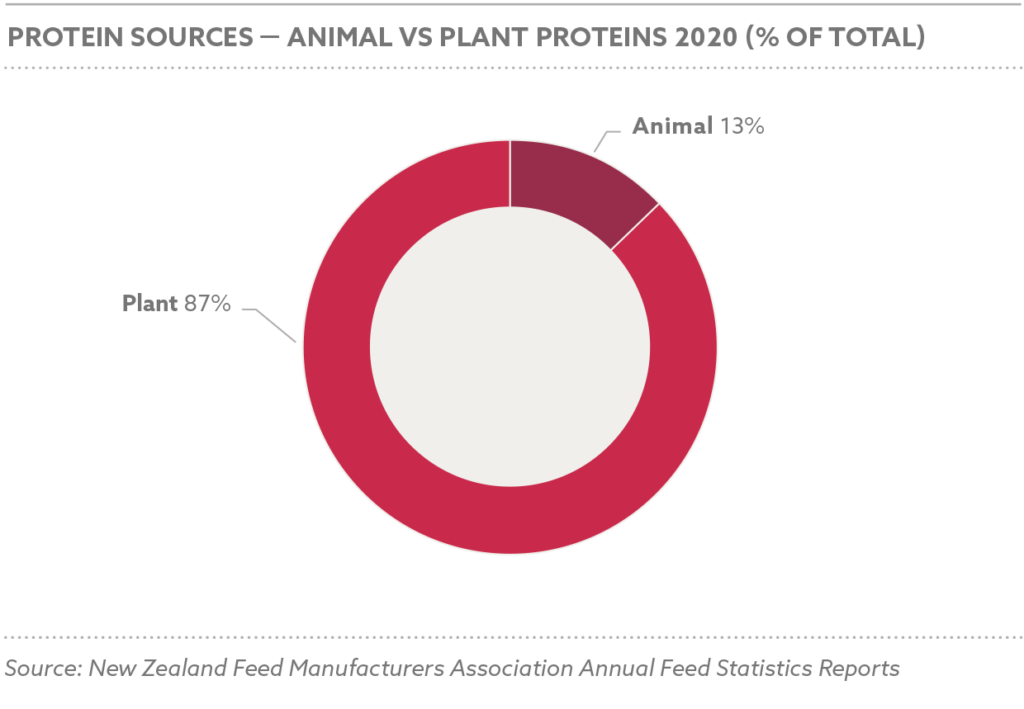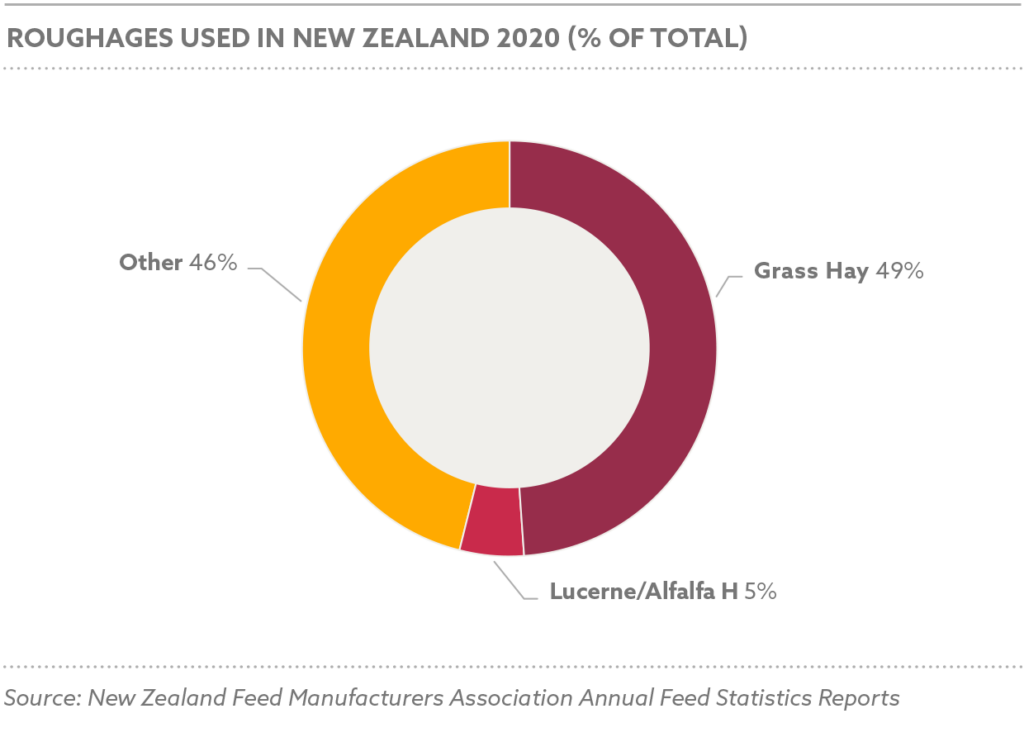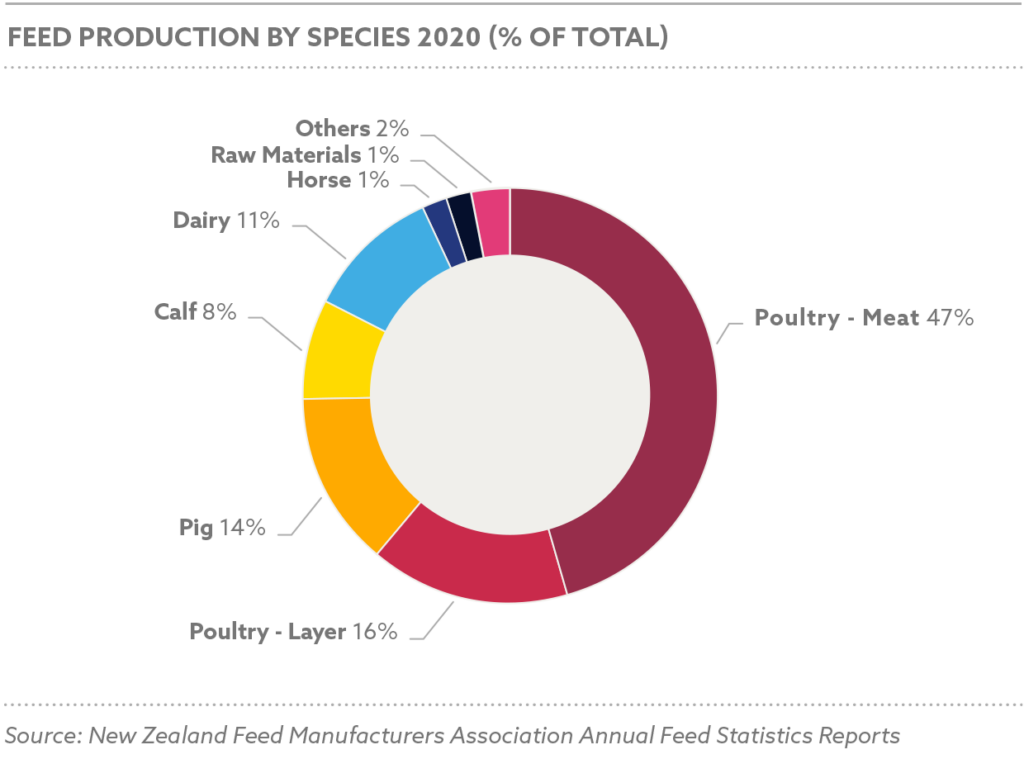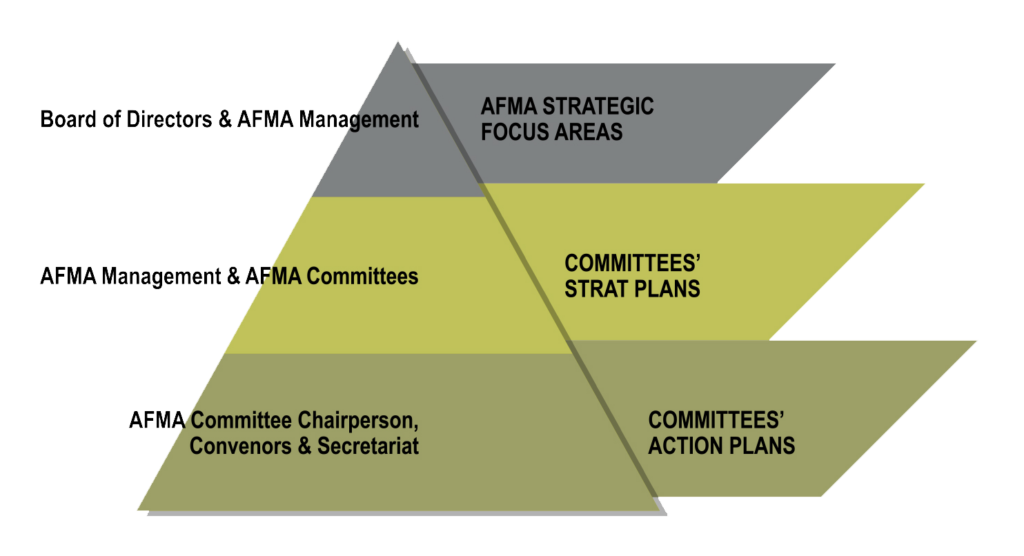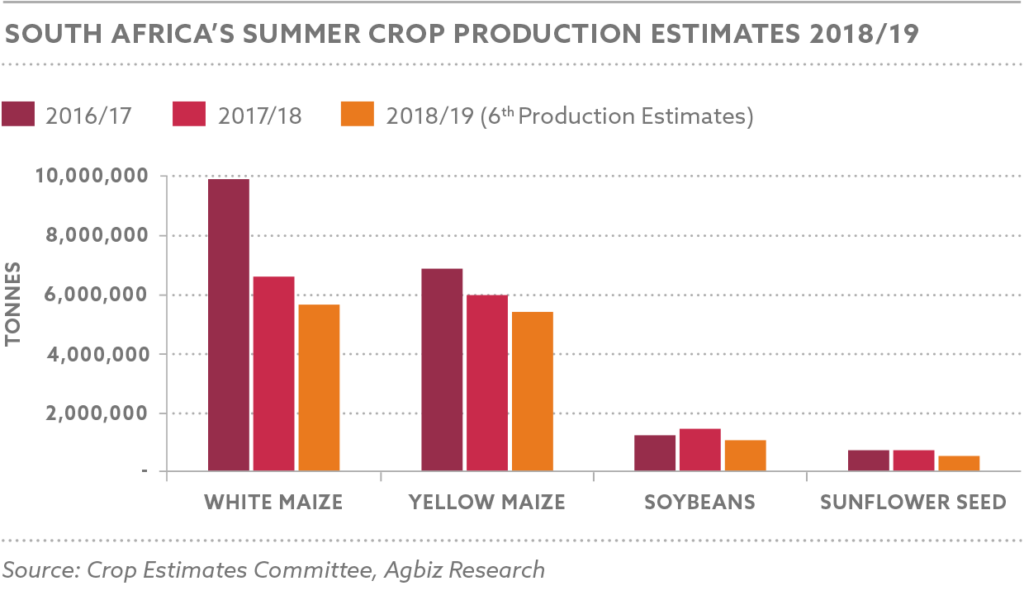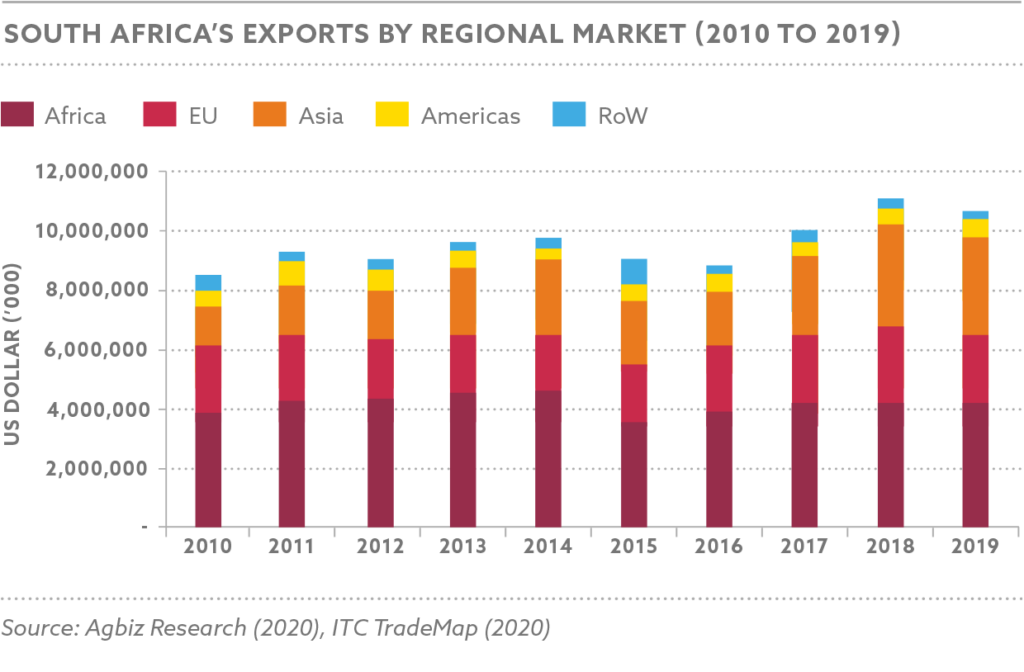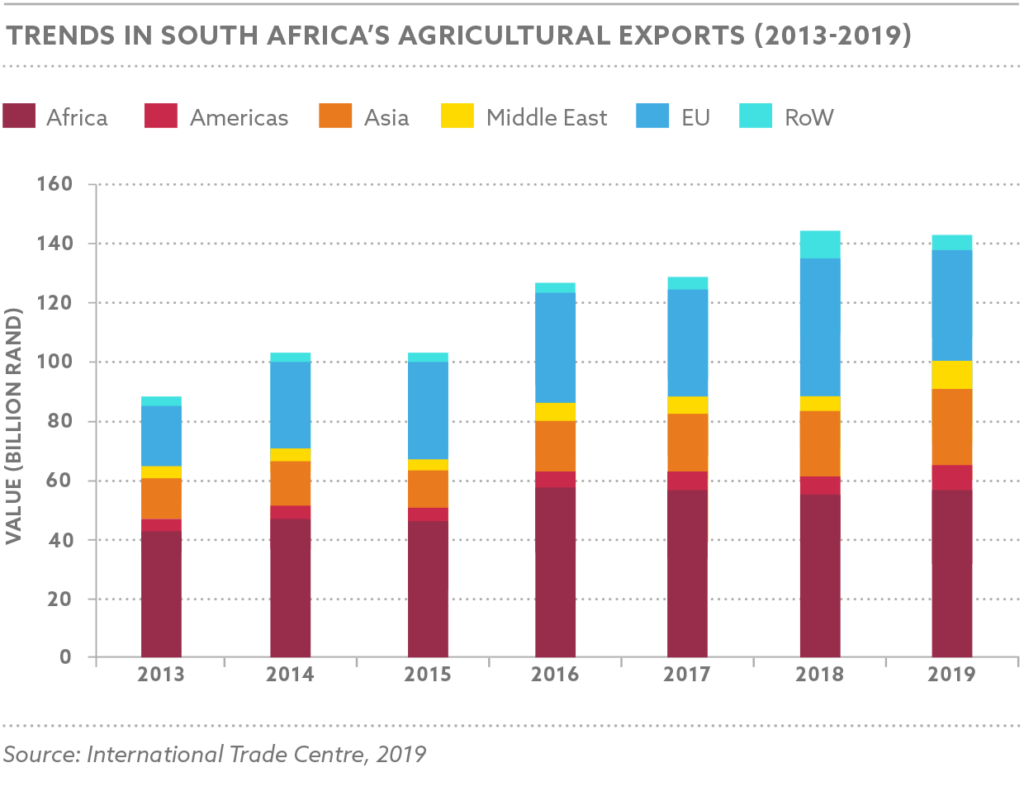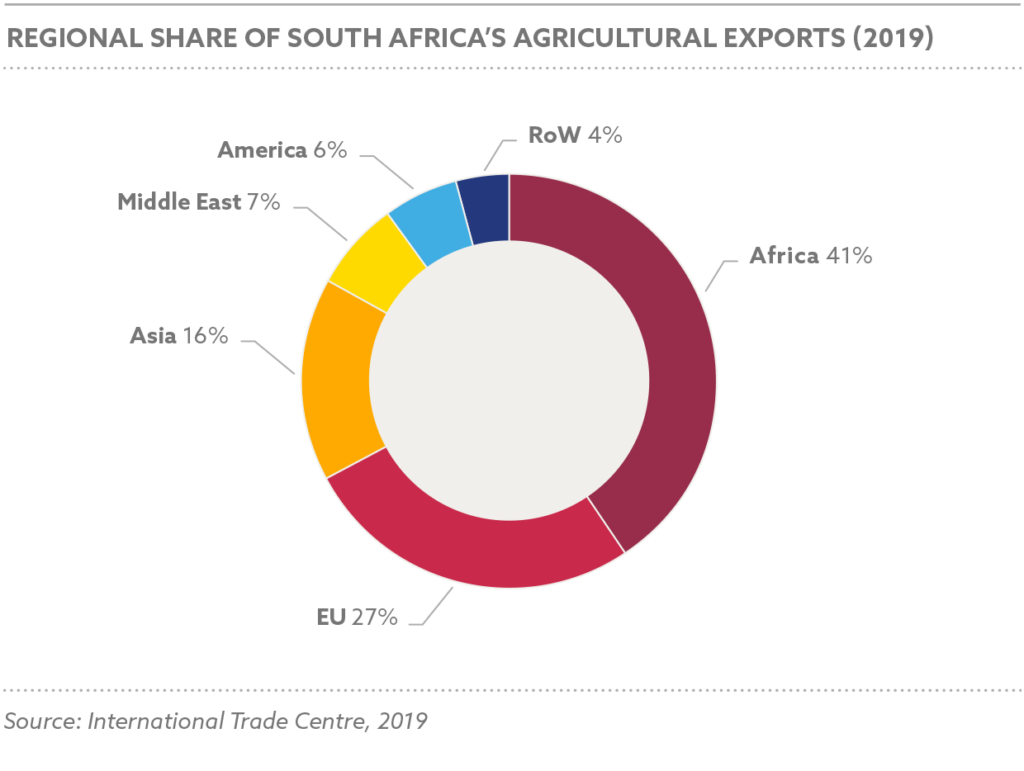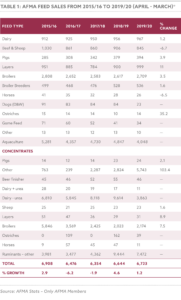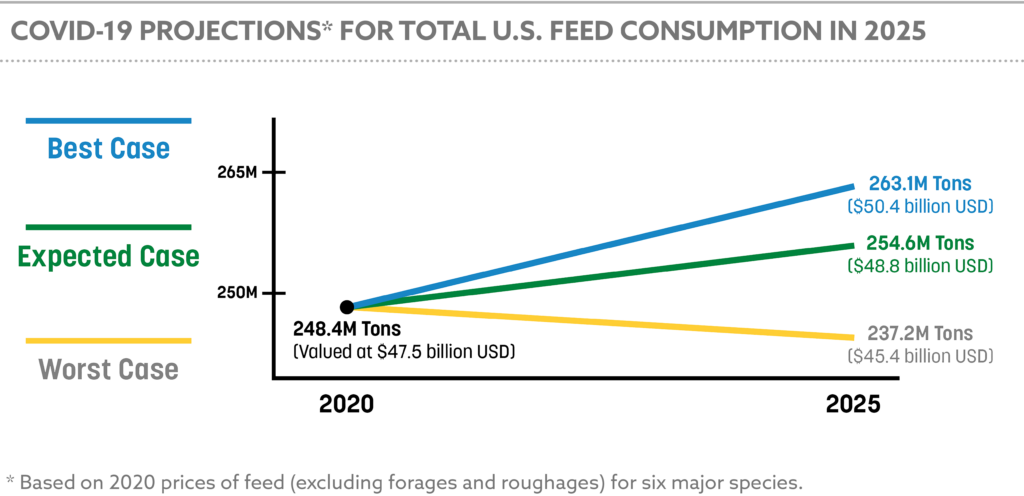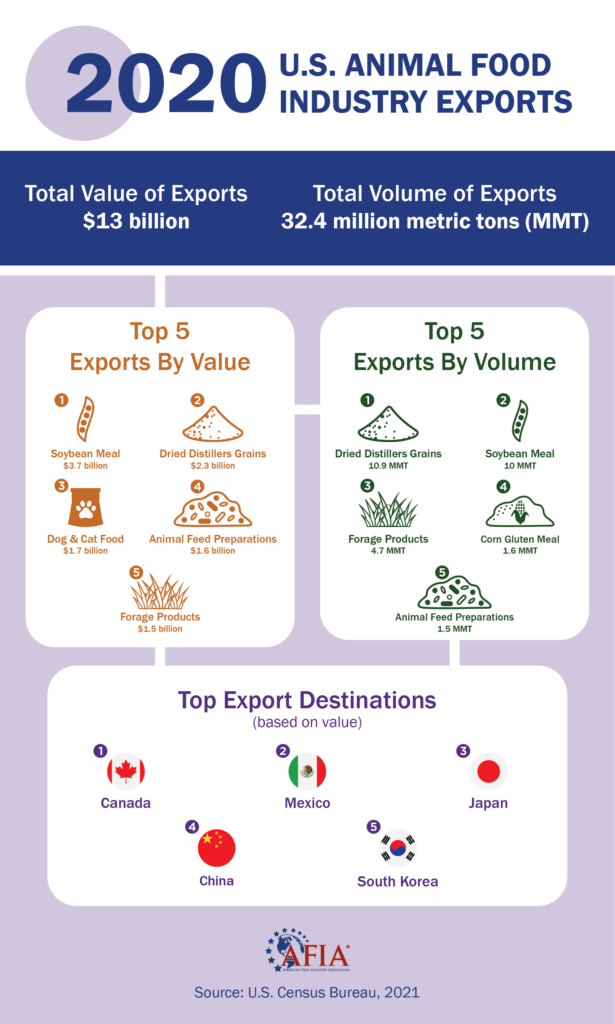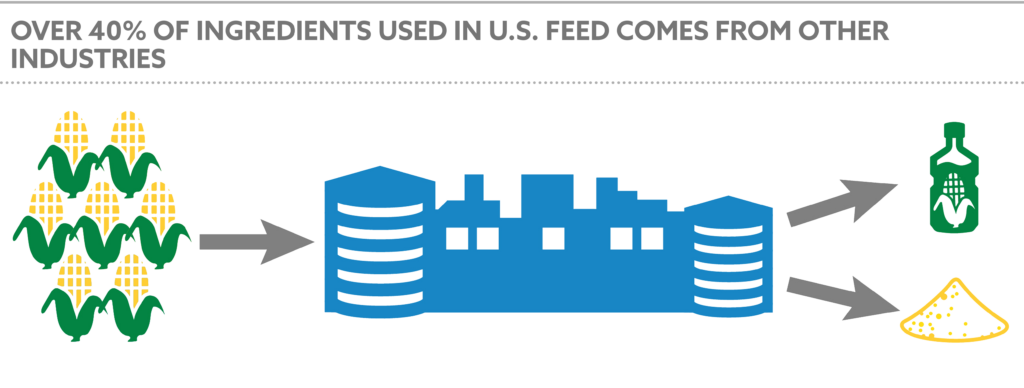Regulatory & International Standards
One key part of IFIF’s mission is to promote a balanced regulatory framework to support a fair global playing field to facilitate market access and support the competitiveness of the feed and livestock industries.
IFIF’s work aims to support worldwide trade and ensure that future demands for feed and food can be met efficiently and these efforts continues in 2020 and 2021.
Engagement with international institutions is vital for this and IFIF collaborates with the FAO, the World Organisation for Animal Health (OIE), the Codex Alimentarius Commission, and other international bodies to help set international regulatory standards for the whole feed chain and support fair trade.
IFIF has a strong collaborative relationship with the FAO dating back many years, and IFIF and the FAO Animal Production and Health Division organize the annual International Feed Regulatory Meeting (IFRM). The IFRM continues as a successful joint effort to bring together government officers, intergovernmental organizations, academia and feed and food companies and organizations from around the world to discuss key issues of relevance, including mutual recognition and global feed safety standards.
IFIF together with regulatory authorities and feed and feed ingredient associations from Canada, the European Union and the United States launched the International Cooperation for Convergence of Technical Requirements for the Assessment of Feed Ingredients (ICCF). This important international cooperation aims to develop and establish common guidance that covers technical requirements for the assessment of feed ingredients, including new uses of existing feed ingredients.
As animal health is also a vital component of the feed chain, IFIF holds a cooperation agreement with the World Organisation for Animal Health (OIE). The two organizations work together with the regards to the prevention and management of infectious diseases, including zoonotic disease, as well as the support for the development, updating and implementation of OIE standards and guidelines.
Finally, feed safety is relevant to Codex Alimentarius work as it impacts on the safety of food. IFIF is a Codex Alimentarius recognized NGO and was actively involved in the development of the Codex Code of Practice of Good Animal Feeding, as well as a member of the ad hoc Codex Intergovernmental Task Force on Animal Feeding (TF AF).
Codex work on animal feed continues in individual Committees (within their mandate) and the participation of IFIF feed experts in Codex work contributes to keep feed safety on Codex agenda.
IFIF also completed two key projects to support the global feed industry. The first project on developing guidance on implementation of the Globally Harmonized System (GHS), aims to provide guidance and tools to operators and countries on implementing GHS requirements worldwide to support a harmonized approach.
The second Project on developing international standards for contaminants in feed aims to establish or identify and maintain an appropriate international list of contaminants standards for ingredients and their mixtures for safe feed manufacture reflecting a risk based approach.
International Feed Regulators Meeting (IFRM)
The annual International Feed Regulators Meeting (IFRM) organized by IFIF in cooperation with the FAO provides an opportunity for regulators and feed industry professionals from across the globe to exchange their thoughts and discuss concrete ideas for providing safe feed and food in a sustainable manner around the world.
In January 2020, 13th International Feed Regulators Meeting (IFRM) held in Atlana and organized by IFIF in cooperation with the Food and Agriculture Organization of the United Nations (FAO) once again brought together record numbers of feed industry representatives and government officials from around the world to discuss critical issues facing the feed sector with IFIF and the FAO.
This meeting, yet again, proved to be an important opportunity for the global feed industry and feed regulators to discuss key issues for the feed and food chain, including key feed regulatory updates and changes, an update on Codex Alimentarius work with relevance to feed, as well as a session on the implementation of Biosecurity measures at feed mill level in different regions.
Other topics discussed at the 13th IFRM included updates on the revision of the IFIF FAO Feed Manual “Good practices for the Feed Industry” and the FAO/WHO report on Hazards associated with animal feed, as well as a session on the work of the International Cooperation for Convergence of Technical Requirements for the Assessment of Feed Ingredients (ICCF), which aims towards convergence of technical requirements specific to feed additive/ingredient authorization across regions.
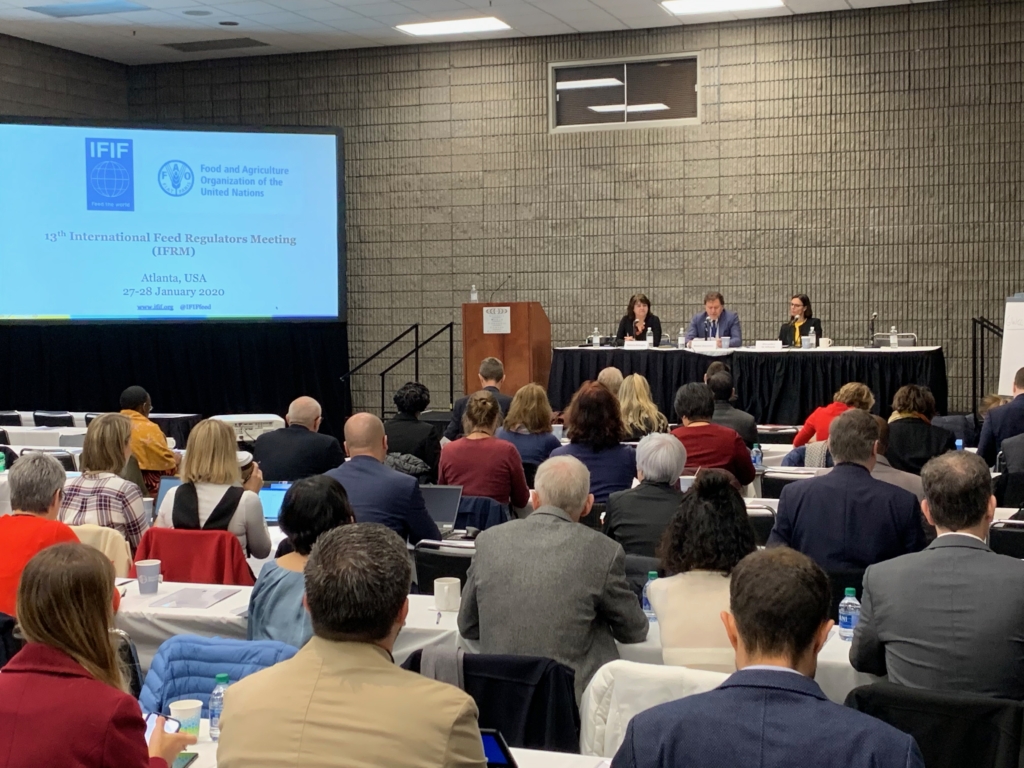
In 2021, the 14th annual International Feed Regulators Meeting (IFRM) brought together feed industry representatives and government officials from around the world in a virtual exchange to discuss critical issues facing the feed sector with IFIF and the FAO.
This meeting, yet again, proved to be an important opportunity for the global feed industry and feed regulators to discuss key issues for the feed and food chain, including important work on Nutritional Innovation to improve animal health and welfare, an update on Codex Alimentarius work with relevance to feed, as well as a session on the new FAO and IFIF Manual “Good Practices for the Feed Sector: Implementing the Codex Alimentarius Code of Practice on Good Animal Feeding
Other topics discussed at the 14th IFRM included updates on the successful work of the International Cooperation for Convergence of Technical Requirements for the Assessment of Feed Ingredients (ICCF), which aims towards convergence of technical requirements specific to feed additive/ingredient authorization across regions, as well as a presentation on the potential of insects as alternative feed sources.
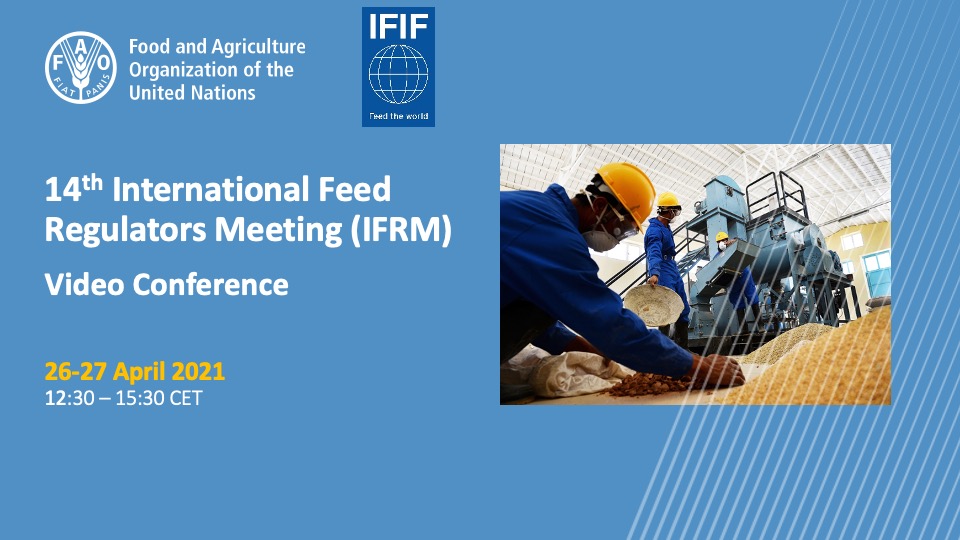
For more information about the IFRM please click here.
International Cooperation for Convergence of Technical Requirements for the Assessment of Feed Ingredients (ICCF)
IFIF together with regulatory authorities and feed and feed ingredient associations from Canada, the European Union and the United States launched the International Cooperation for Convergence of Technical Requirements for the Assessment of Feed Ingredients (ICCF). This important international cooperation aims to develop and establish common guidance that covers technical requirements for the assessment of feed ingredients, including new uses of existing feed ingredients.
In 2020 and 2021, the International Cooperation for Convergence of Technical Requirements for the Assessment of Feed Ingredients (ICCF) published three more guidance documents, bringing the total to five:
- Stability Testing of Feed Ingredients – March 2019
- Sub-chronic Oral Toxicity Testing in Laboratory Animals– March 2019
- Homogeneity Testing of Feed Ingredients – September 2020
- Manufacturing Process and Specification – June 2021
- Genotoxicity Testing of Feed Ingredients – April 2021
The founding members of the ICCF include the Canadian Food Inspection Agency (CFIA), the European Commission (DG SANTE), the U.S. Food and Drug Administration (FDA), as well as the American Feed Industry Association (AFIA), the Animal Nutrition Association of Canada (ANAC), the EU Association of Specialty Feed Ingredients and their Mixtures (FEFANA) and the International Feed Industry Federation (IFIF).
The ICCF is the result of a concerted effort to bring together feed regulators and industry feed associations to work together to develop common guidance documents for technical requirements needed in the assessment of feed ingredients. This will benefit not only the three regions covered, as the guidance documents will be made available for reference and use by other jurisdictions around the globe.
The ICCF should help to facilitate free and fair trade of feed ingredients as well as support the feed and food chain as it works to safely and sustainably meet the global growing demand for animal protein.
The ICCF Steering Committee, made up of representatives from the founding members of the ICCF, is responsible for defining the priorities and activities of the project and establishing and overseeing the Expert Working Groups, which will be tasked with developing specific technical guidance documents. As this initiative develops, observer countries will be invited to join the expert groups and may be invited as non-voting members to the ICCF Steering Committee on an ad-hoc basis.
The ICCF builds on the work of the 2013 IFIF “Comparison of Regulatory Management of Authorized Ingredients, Approval Processes, and Risk-Assessment Procedures for Feed Ingredients” report, which covered synergies and gaps for product approvals in Brazil, Canada, China, EU, Japan, South Africa and USA. This report was drafted based on expert input and supported by government feed regulators and feed and feed ingredients associations in the seven regions covered.
For further information about the ICCF please visit: https://iccffeed.org
CODEX work relevant to animal feeding
IFIF is a Codex Alimentarius recognized NGO and has been actively involved in the development of the Codex Code of Practice of Good Animal Feeding and was an active member of the ad hoc Codex Intergovernmental Task Force on Animal Feeding (TF AF).
In 2020 and 2021 IFIF joined global regulators at the annual Sessions of the Codex Alimentarius Commission (CAC) in 2020 and 2021, where together with the FAO, we kept feed safety on the agenda.
IFIF is engaged to keep feed safety issues on the Codex agenda and together with the FAO, IFIF participates and organizes side events on feed safety in conjunction with Codex meetings.
IFIF was also actively involved in a number of important Codex electronic Working Groups, as well as active in the Codex Committee on Contaminants in Foods (CCCF), the Codex Committee on Residues of Veterinary Drugs in Foods (CCVRDF) and the Task Force on AMR. We will continue to provide expert input into the various Codex WGs and Committees in the year ahead.
This work will continue into 2022 and supports IFIF’s on-going efforts to keep feed safety issues on the Codex agenda.
In the past, IFIF has been actively involved in the development of the Codex Code of Practice of Good Animal Feeding and was an active member of the ad hoc Codex Intergovernmental Task Force on Animal Feeding (TF AF).
As a Codex recognized NGO, IFIF follows and inputs into in the work of the relevant Committees and participates in Codex Side Events addressing Feed Safety.
Guidance on implementation of the Global Harmonized System
IFIF developed a Guidance on implementation of the Global Harmonized System (GHS).
Starting in 2018, IFIF developed the below guidance and tools to help operators and countries to implement GHS requirements worldwide to support a harmonized approach.
GHS is an internationally agreed-upon system and it addresses the classification of chemicals by type of hazard and proposes harmonized hazard communication elements, including labels and safety data sheets.
Currently GHS is under implementation worldwide but in some countries or regions, the implementation of GHS has resulted in questions concerning its scope for feed and has led to some uncertainty on the application of the GHS rules for feed ingredients and their mixtures. This can create inconsistencies among feed industry operators understanding on whether GHS needs to be implemented and how.
The tools and guidance documents IFIF developed to support the feed industry can be found on the IFIF website here.
Guidance on International standards for contaminants in feed
In 2018 IFIF launched a database on international standards for contaminants in feed.
At international level recommended standards exist for contaminants in food additives but not for feed additives, making risk management decisions difficult. This may also impact on regulatory compliance of internationally traded specialty feed ingredients.
The objective of this expert group is to establish or identify and maintain an appropriate international list of contaminants standards for ingredients and their mixtures for safe feed manufacture reflecting a risk-based approach.
In 2018, the IFIF WG completed the first version of the IFIF Feed Contaminants Database, which provides a reference overview for Animal Feed Contaminants in Australia, Brazil, Canada, Chile, China, Colombia, Europe, South Africa, USA and Vietnam.
This database is available for download below only for IFIF members. If you are an IFIF member please login to access the database. Should you have questions please email info@ifif.org.
- RELATED PROJECTS
- International Feed Regulators Meeting (IFRM)
- International Cooperation for Convergence of Technical Requirements for the Assessment of Feed Ingredients (ICCF)
- CODEX work relevant to animal feeding
- Guidance on implementation of the Global Harmonized System
- Guidance on International standards for contaminants in feed


